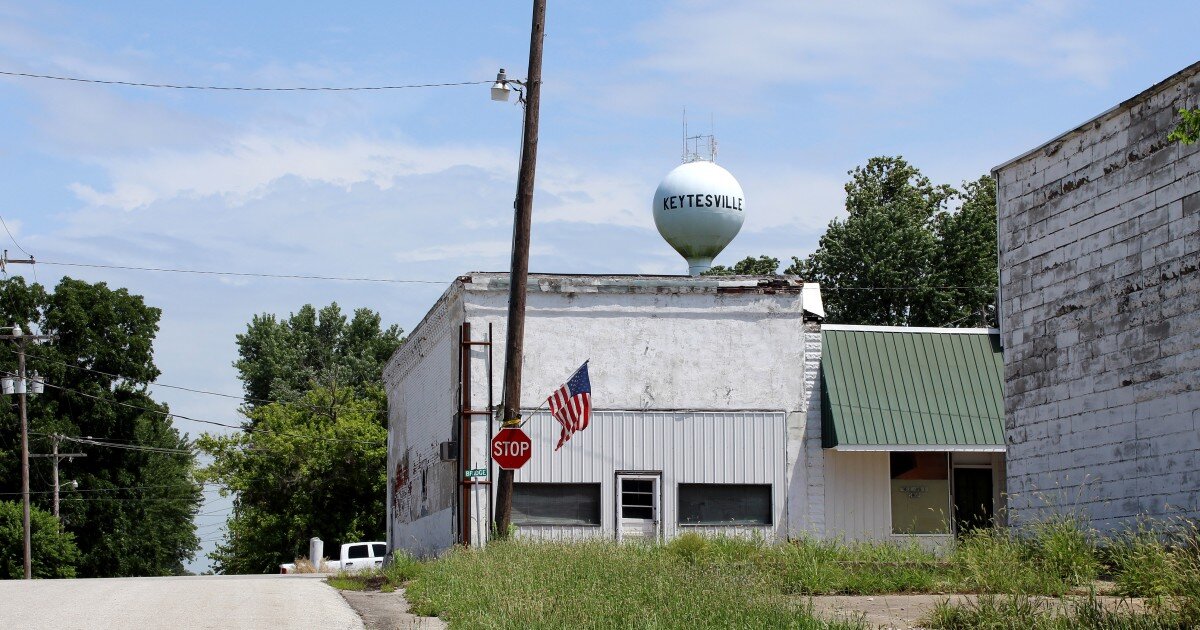The Digital Divide: Rural Broadband Access and News Deserts
What Does a News Desert Mean?
How a WSJ Audience Producer used texting to learn more about rural news consumption.
Nico Gendron went to rural Missouri to research how communities with no local papers get their news. So many smaller outlets have gone away, leaving thousands of towns and small cities with no local news coverage to speak of. These spots are called news deserts.
So how do rural communities keep up with information about what’s going on in their neighborhoods? In some places, the high school newspaper is the next best thing.
Using GroundSource, Nico reached out to students at 5 rural Missouri high schools to learn more about their news consumption habits. Here’s what she did:
School mascot = keyword. Text FALCON to 844-555-5555 to take the survey.
She mentioned she was working with the University of Missouri, which gave her local credibility and familiarity.
Texting is non-invasive and low-key, perfect for teens. It gave them privacy and independence, rather than having her stand in front of a classroom and monitor their survey answers in pen and paper.
Students could send in memes or screenshots. This was a fun and powerful way for them to be able to express their identities. There was a feeling among the students that rural areas are often seen as a joke and they were able to own, reframe it and control the narrative for a change.
Maybe most importantly of all, a portion of the kids didn’t have internet access at home. Rural broadband access is a critical issue now with so many rural stretches of the country lacking internet connectivity that most suburban and urban dwellers take for granted.
Texting was able to bridge the digital divide and build relationships.

